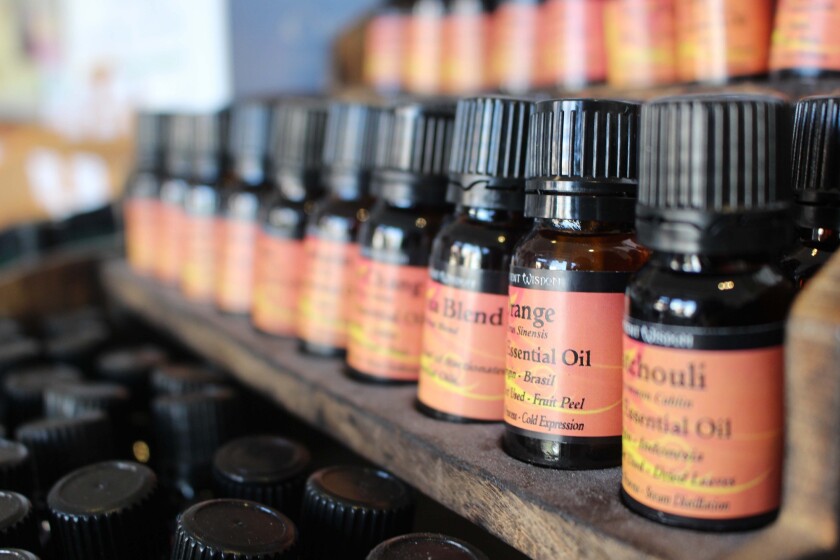Direct versus contributory infringement
Direct infringement is usually easily identified and pursued – someone produces, sells, or uses a product and, by doing so, infringes a patent. But what is available to a patentee when someone does not directly infringe a patent but ‘only’ contributes to the patent infringement by supplying a patented product?
Contributory infringement, also known as indirect infringement or infringement by supply, was implemented in Section 117 of the Patents Act 1990 (Cth) (the ‘Act’) to permit a patentee to hold the supplier responsible when the direct infringer is the end user.
This provision aims to protect a patentee from infringement by a third party through the supply of a product that can only be used in an infringing way. For this section to apply, at least one of these criteria must be met:
The supplied product is only capable of one reasonable use;
The product is not a ‘staple commercial product’ and the supplier had ‘reason to believe’ that the end user would use it in an infringing way; and/or
The product is supplied with explicit instructions to use it in an infringing way.
Staple commercial products
A notable exception to this provision is when the product is classified as a staple commercial product. There is no definition in the Act for a staple commercial product but recent case law provides some guidance.
In Northern Territory of Australia v. Collins [2008] HCA 49, the High Court of Australia concluded that a staple commercial product is a product that is generally available and supplied commercially for a variety of uses.
In Hood v. Down Under Enterprises International Pty Limited [2022] FCAFC 69, [53]–[57], the primary judge expanded on this definition and gave four reasons why the product in question (an essential oil obtained from the shrub Kunzea ambigua) was considered a staple commercial product.
First, the oil is a raw material commercially supplied for a range of uses. Second, the oil can be, and in fact is, used for a range of non-infringing purposes. Third, the oil had been registered on the Australian Register of Therapeutic Goods for a wide range of medical indications and not all these indications had been covered in the claims. And fourth, the crucial question is whether the product is supplied for various purposes.
Since the court concluded that the product is a staple commercial product, no indirect infringement had occurred by supplying it. To prove contributory infringement, the patentee would have had to show that the oil had been supplied with explicit instructions to use the product in an infringing way.
Second medical use claims
Contributory infringement is especially relevant in the context of known pharmaceutical products in second medical use patents. Since pharmaceutical products are rarely considered to be staple commercial products (see, for instance, AstraZeneca AB v. Apotex Pty Ltd [2014] FCAFC 99), the court will consider if the pharmaceutical product can only be used in an infringing way or if the supplier had reason to believe that the product would be used in an infringing way.
Swiss-type claims are commonly used alongside method of treatment claims in second medical use patents since the Full Federal Court of Australia concluded, in Mylan Health Pty Ltd v. Sun Pharma ANZ Pty Ltd [2020] FCAFC 116, that both claim types offer a slightly different scope of protection. With regard to infringement, the court has taken a clear position regarding Swiss-type claims, stating that the manufacturer’s intention in making the medicament is irrelevant.
Determining infringement of a method of treatment claim is less transparent. However, there are some considerations that can be used as guidance. The court determined that the main question is if the manufacturer had reason to believe that a medical practitioner would prescribe the generic drug instead of the original drug for the patented indication.
For this assessment, the court will compare the physical characteristics of the generic product, such as the formulation and dosage, and how big the markets of the patented and non-patented indications are. By doing so, the court warns generic manufacturers that it may not be enough to simply carve out specific patented indications from the product information (PI), a practice known as ‘skinny labelling’, if there is reason to believe that the generic drug could be used in an infringing way.
The main considerations
In deciding the merits of pursuing a third party for contributory infringement, a key consideration will be whether the product is a staple commercial product. If yes, the supply will only be infringing if specific instructions to use the product in an infringing way are supplied with the product.
With regard to second medical use patents and pharmaceutical products, infringement has to be decided on a case-by-case basis, but the main consideration is to determine if the generic manufacturer had reason to believe that the product will be used in an infringing way.













